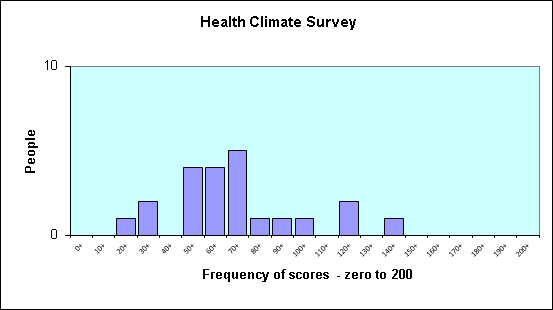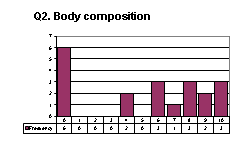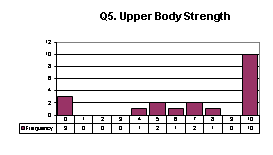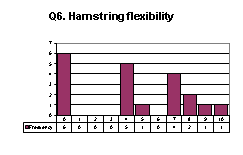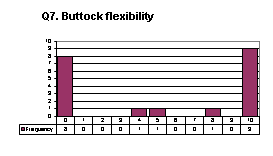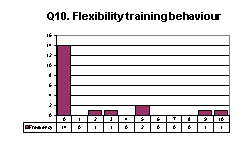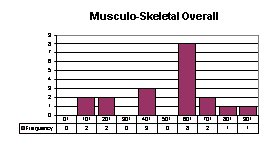|
|
|
|||||||||||||||||||||||||||||||||||||||||||||||||||||||||||||||||||||||||||||||||||||||||||||||||||||||||||||||||||||||||||||||||||||||||||||||||||||||||||||||||||||||||||||||||||||||||||||||||||||||||||||||||||||||||||||||||||||||||||||||||||||||||||||||||||||||||||||||||||||||||||||||||||||||||||||||||||||||||||||||||||||||||||||||||||||||||||||||||||||||||||||||||||||||||||||||||||||||||||||||||||||||||||||||||||||||||||||||||||||||||||||||||||||||||||||||||||||||||||||||||||||||||||||||||||||||||||||||||||||||||||||||||||||||||||||||||||||||||||||||||||||||||||||||||||||||||||||||||||||||||||||||||||||||||||||||||||||||||||||||||||||||||||||||||||||||||||||||||||||||||||||||||||||||||
|
Health, Fitness and Wellbeing Results |
||||||||||||||||||||||||||||||||||||||||||||||||||||||||||||||||||||||||||||||||||||||||||||||||||||||||||||||||||||||||||||||||||||||||||||||||||||||||||||||||||||||||||||||||||||||||||||||||||||||||||||||||||||||||||||||||||||||||||||||||||||||||||||||||||||||||||||||||||||||||||||||||||||||||||||||||||||||||||||||||||||||||||||||||||||||||||||||||||||||||||||||||||||||||||||||||||||||||||||||||||||||||||||||||||||||||||||||||||||||||||||||||||||||||||||||||||||||||||||||||||||||||||||||||||||||||||||||||||||||||||||||||||||||||||||||||||||||||||||||||||||||||||||||||||||||||||||||||||||||||||||||||||||||||||||||||||||||||||||||||||||||||||||||||||||||||||||||||||||||||||||||||||||||||||
|
|
46. 2021_March 2BO
John Miller conducted the Musculo-skeletal Health Seminar for The Group in March 2021.
22 participants (9 women and 13 men) completed the
- Health, Fitness and Wellbeing profile.
- Specific Joint Assessment
- Musculo-skeletal Risk profile.
The results are presented in graphic format, with commentary.
Health, Fitness and Wellbeing Profile The Health, Fitness and Wellbeing profile provides people with a very good idea of how well the various systems of the body are functioning, particularly the
• the mind • autonomic nervous system • immune system • digestive system • circulatory system • elimination system • musculo-skeletal system.
On this profile a good score is a low score.
The score of a normal, fit and healthy human being is less than 20. An acceptable score is less than 40. Higher scores are symptomatic of dysfunction of one or more body systems. People with low levels of fitness and high levels of stress usually score well over 80.
For people with a score of more than 80, the ‘background noise’ of their life is becoming louder and louder. It is hard to concentrate on your work when body systems are dysfunctional. We know a fit and healthy group when we see the majority of scores below 40. This was not the case with this group.
By and large higher scores are usually a reflection of
• low levels of fitness
• an inability to deal with what life and work are serving up to people.
Remember, it is not what happens, but how we deal with what happens that determines our level of stress.
Classification of average scores: Excellent - less than 20. Good - 21 - 39 Fair 41 - 59. Poor - over 60.
This profile is described as fair average quality amongst the groups we survey. The average score was 73. Anyone scoring more than 80 is putting up with a lot of 'background noise'. The mission of the organisation, should it be accepted is to find out who these people are, encourage them to seek advice from the Employee Assistance Program and become involved in a regular and systematic aerobic fitness, strength and flexibility program. The book advertised at http://www.completefitnesworkout.com is available, free, from Miller Heath for seminar participants.
Health Climate Survey Analysis Based on scores received in the Health, Fitness and Wellbeing profile we've ranked the scores and highlighted those items that recorded 20% and over.
Looking at the results in the table above is not a pretty sight. This is not a particularly fit and healthy workforce.
Musculo-skeletal health dysfunction topped the list with 55% of participants scoring 5 or more on the survey. Whilst this result may be peculiar to the group who attended, I doubt it. Joint and muscle pain is endemic in our workplaces for both indoor and outdoor staff.
The seriousness of the problem cannot be overlooked. Poor musculo-skeletal health is a clear and present danger to the organisations workers compensation arrangements.
The results on the Joint Condition and Musculo-skeletal Risk Assessment profiles (see spreadsheets attached to this report) need careful scrutiny and follow up work (including X-ray) with people suffering from acute dysfunction. (See also the Workplace Accident Insurance Blue Print (attached to this report).
I recommend that for people in very poor musculo-skeletal condition that they take part in a one hour Pro-Active Rehab session each day until their condition improves. This is a small price to pay for improved joint and muscle function.
45% of people said they had a low level of aerobic fitness - along with which comes low energy levels, snoring and sleep apnoea, obesity and anxiety.
Only 14 people indicated that they were in the wrong job. This is a pleasing result. However 36% indicated that they were under-appreciated at work. There is no reason why people should feel under-appreciated at work. Compared with other groups this is a poor result. People deserve to be appreciated. The job of managers is to manage.
Overall, this is the picture of a staff that's not in great shape. It would be good to compare this analysis with absenteeism reports.
Musculo-skeletal Risk factor Profile
The Ten Point Musculo-skeletal Health Risk Screen profile looked at a range of parameters including mobility, strength and flexibility and whether people are training to keep themselves strong and flexible. The musculo-skeletal risk factor profile is comprised of a mix of 7 objective and 3 subjective assessments.
A score of 70% is attainable by those who have a regular and systematic training program. Those scoring less than 70 are not doing sufficient in the way of strength and flexibility exercises. They are therefore exposing themselves to a high risk of musculo-skeletal dysfunction. (It would be bizarre for a workplace to offer to pay the rehabilitation costs of people who were not keeping themselves strong enough or flexible enough to do their job without succumbing to musculo-skeletal dysfunction, wouldn't it?)
A good score on this profile is a high score.
Recommendations
Measure risk and Manage Risk
The Organisation would place itself in the forefront of
workplace health and safety practice if it took the
musculo-skeletal risk seriously and moved heaven and
earth to educate all staff about this risk and obligated
them to take part in a regular strength and flexibility
program.
Want to improve the health, fitness and wellbeing of your staff?
Check out our selection of ebooks and audio files. These books and audio files are available to seminar participants - with our compliments.
John Miller 29/3/21
Miller Health 7 Salvado Place Stirling ACT 2611 (02) 6288 7703
|
|||||||||||||||||||||||||||||||||||||||||||||||||||||||||||||||||||||||||||||||||||||||||||||||||||||||||||||||||||||||||||||||||||||||||||||||||||||||||||||||||||||||||||||||||||||||||||||||||||||||||||||||||||||||||||||||||||||||||||||||||||||||||||||||||||||||||||||||||||||||||||||||||||||||||||||||||||||||||||||||||||||||||||||||||||||||||||||||||||||||||||||||||||||||||||||||||||||||||||||||||||||||||||||||||||||||||||||||||||||||||||||||||||||||||||||||||||||||||||||||||||||||||||||||||||||||||||||||||||||||||||||||||||||||||||||||||||||||||||||||||||||||||||||||||||||||||||||||||||||||||||||||||||||||||||||||||||||||||||||||||||||||||||||||||||||||||||||||||||||||||||||||||||||||||
